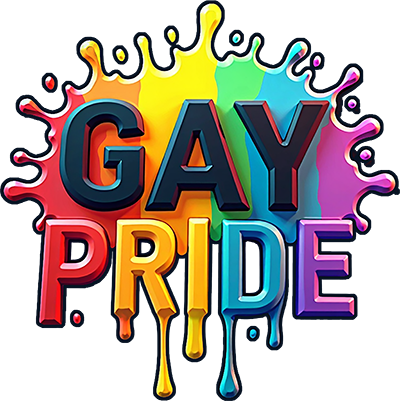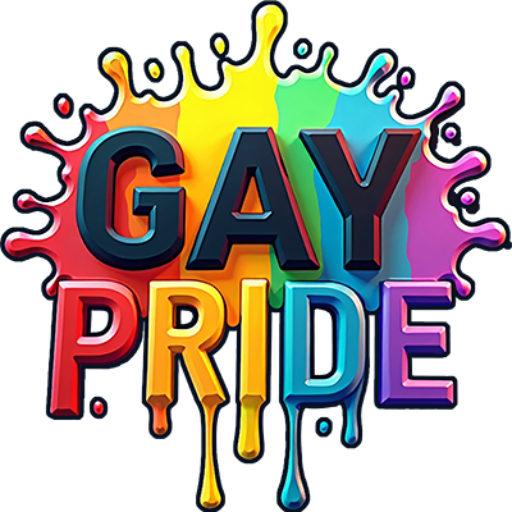Celebrating LGBTQ Love Stories
Love knows no bounds, no gender, and no limitations. As society continues to evolve and embrace diversity, LGBTQ love stories have emerged as powerful narratives that inspire and unite us all. In this blog post, we’ll explore why celebrating these love stories is essential, share some remarkable tales, and discuss how they contribute to a more inclusive world.
Table of Contents
1. Introduction
2. The Importance of LGBTQ Love Stories
3. Iconic LGBTQ Love Stories in History
4. Contemporary Tales of Love and Acceptance
5. How Media Representation Shapes Perceptions
6. Conclusion
7. FAQs
The Importance of LGBTQ Love Stories
LGBTQ love stories are more than just tales of romance; they are essential narratives that reflect the diversity of human experience. These stories provide visibility to communities that have historically been marginalized, fostering empathy and understanding among people of all orientations.
Moreover, celebrating LGBTQ love stories helps challenge stereotypes and misconceptions. By showcasing the depth and variety of love within the LGBTQ community, we can break down the barriers of prejudice and promote acceptance and equality.
Iconic LGBTQ Love Stories in History
Throughout history, many LGBTQ love stories have defied societal norms and paved the way for future generations. One such story is that of Virginia Woolf and Vita Sackville-West. Their passionate relationship inspired Woolf’s novel Orlando, a groundbreaking work that examined gender fluidity long before it became a mainstream discussion.
Another iconic couple is Gertrude Stein and Alice B. Toklas. Their enduring partnership not only shaped the literary world but also provided a safe haven for LGBTQ artists and writers during a time of widespread discrimination.
Contemporary Tales of Love and Acceptance
In more recent times, modern love stories continue to inspire. Ellen DeGeneres and Portia de Rossi’s marriage is a testament to love triumphing over adversity. Their openness about their relationship has been instrumental in normalizing LGBTQ partnerships in the public eye.
Similarly, the story of Neil Patrick Harris and David Burtka demonstrates that love and family are universal. With their two children, they exemplify how LGBTQ families are just as nurturing and loving as any other.
How Media Representation Shapes Perceptions
Media representation plays a crucial role in shaping public perceptions of LGBTQ love stories. Movies like Moonlight and TV shows like Pose have brought nuanced portrayals of LGBTQ relationships to mainstream audiences, challenging stereotypes and fostering empathy.
The growing presence of LGBTQ characters in media not only validates the experiences of LGBTQ individuals but also educates and enlightens viewers who may not have personal exposure to these communities.
Conclusion
Celebrating LGBTQ love stories is vital for a more inclusive and understanding society. These narratives not only highlight the beauty and diversity of human relationships but also serve as powerful tools for social change. By embracing and sharing these stories, we can continue to break down barriers and create a world where love, in all its forms, is celebrated. 🌈
FAQs
Q: Why is it important to share LGBTQ love stories?
A: Sharing LGBTQ love stories fosters understanding, empathy, and acceptance. It helps challenge stereotypes and promotes equality and inclusivity.
Q: How can I support LGBTQ love stories?
A: You can support LGBTQ love stories by consuming media that portrays these narratives, sharing them with others, and advocating for LGBTQ rights and representation.
Q: What impact does media representation have on LGBTQ communities?
A: Media representation plays a crucial role in normalizing LGBTQ experiences, helping to dismantle prejudices and providing visibility to marginalized communities.
Remember, love is love, and every story deserves to be celebrated. 💖

